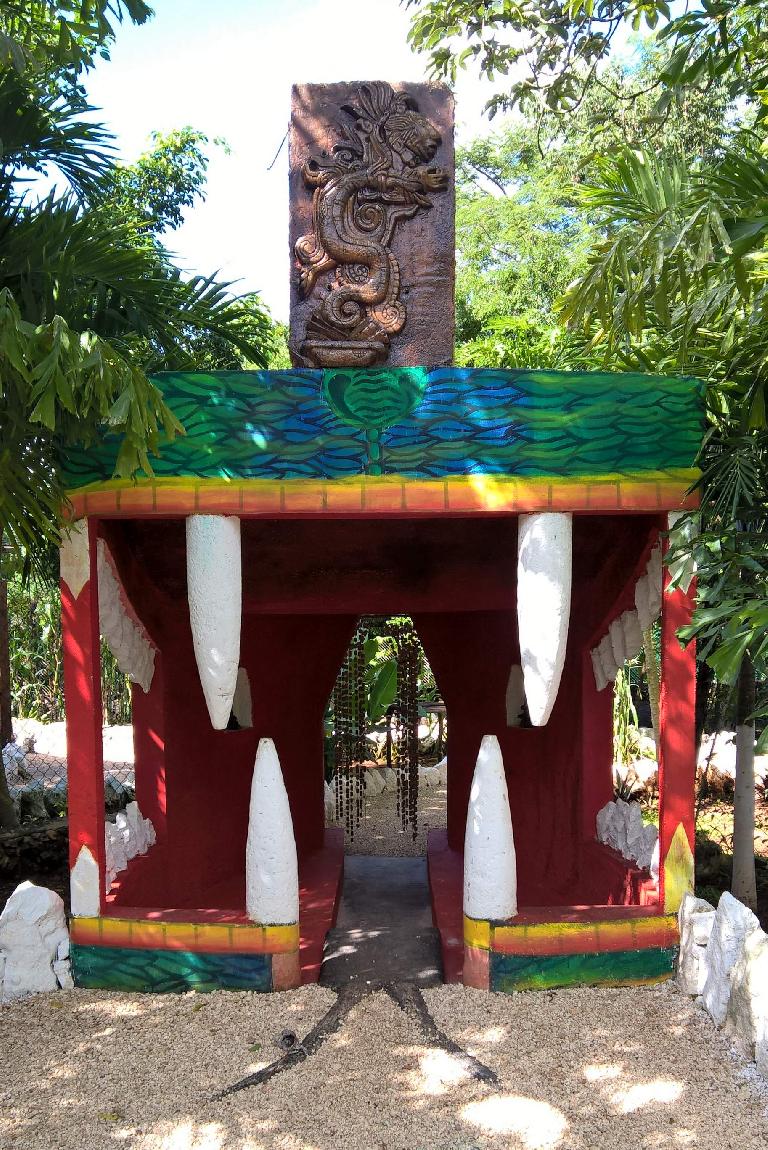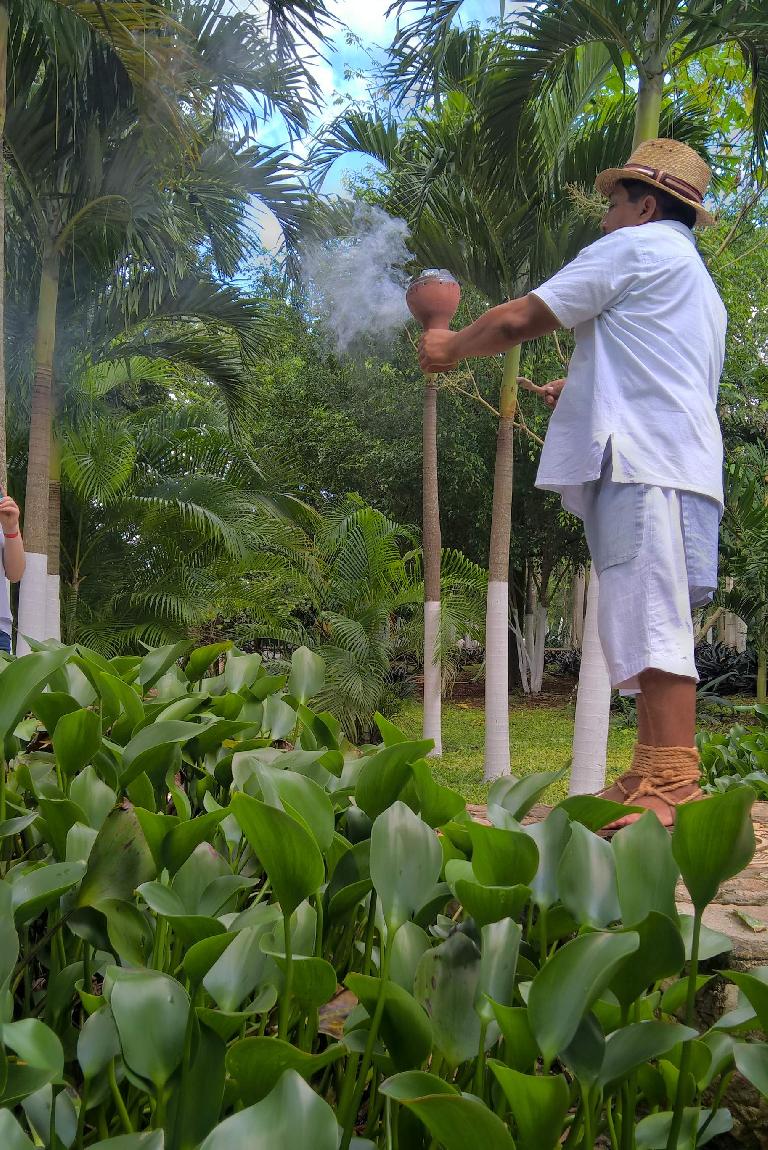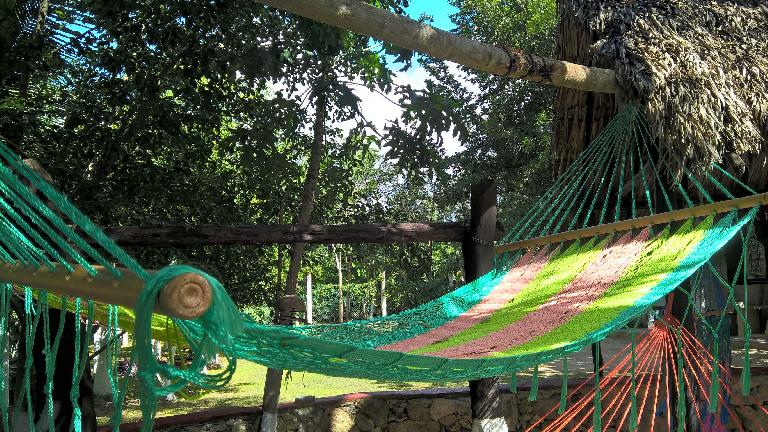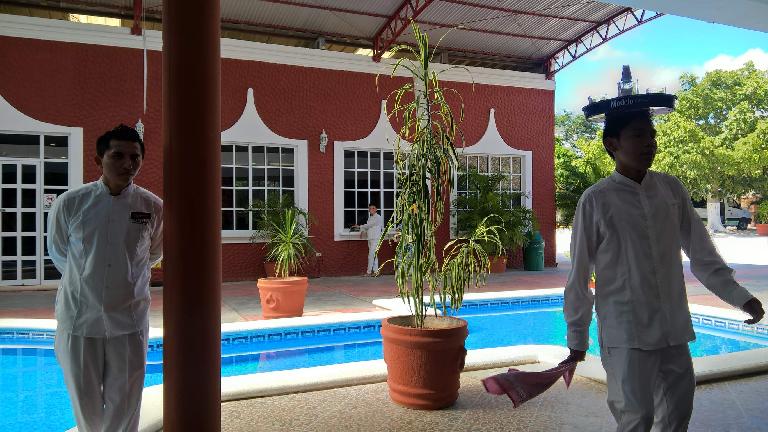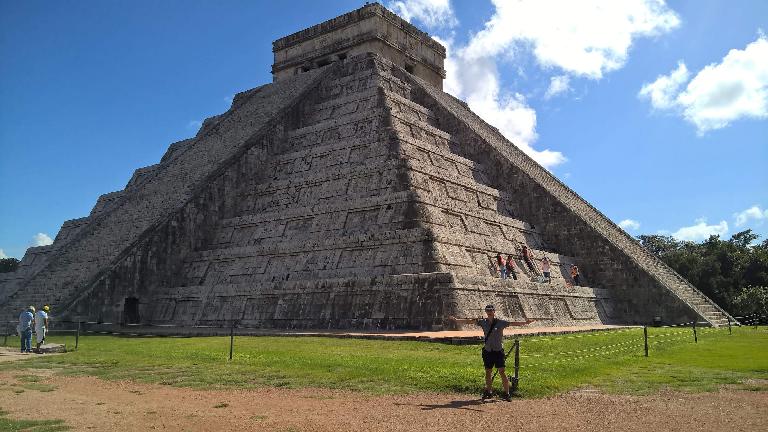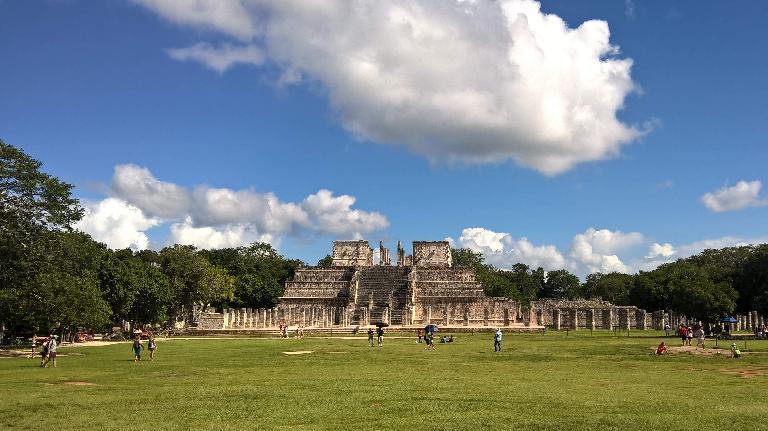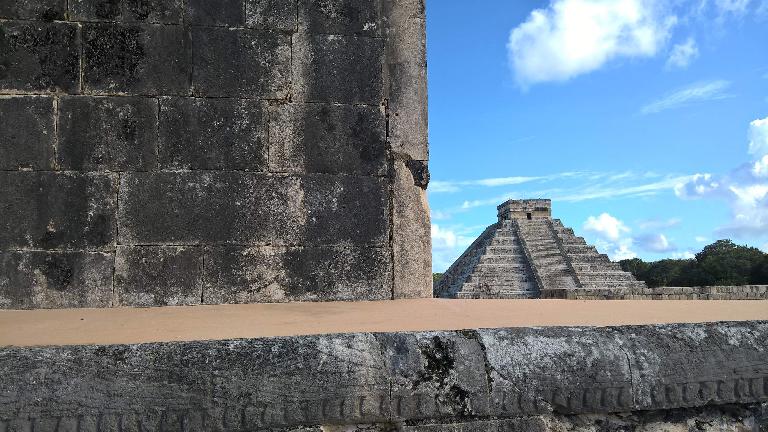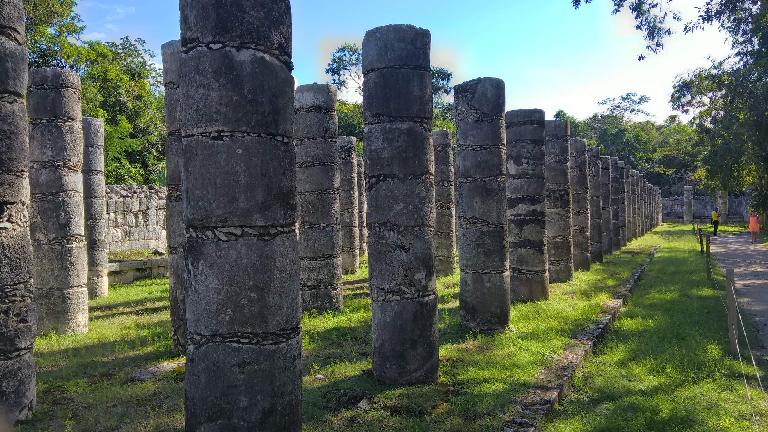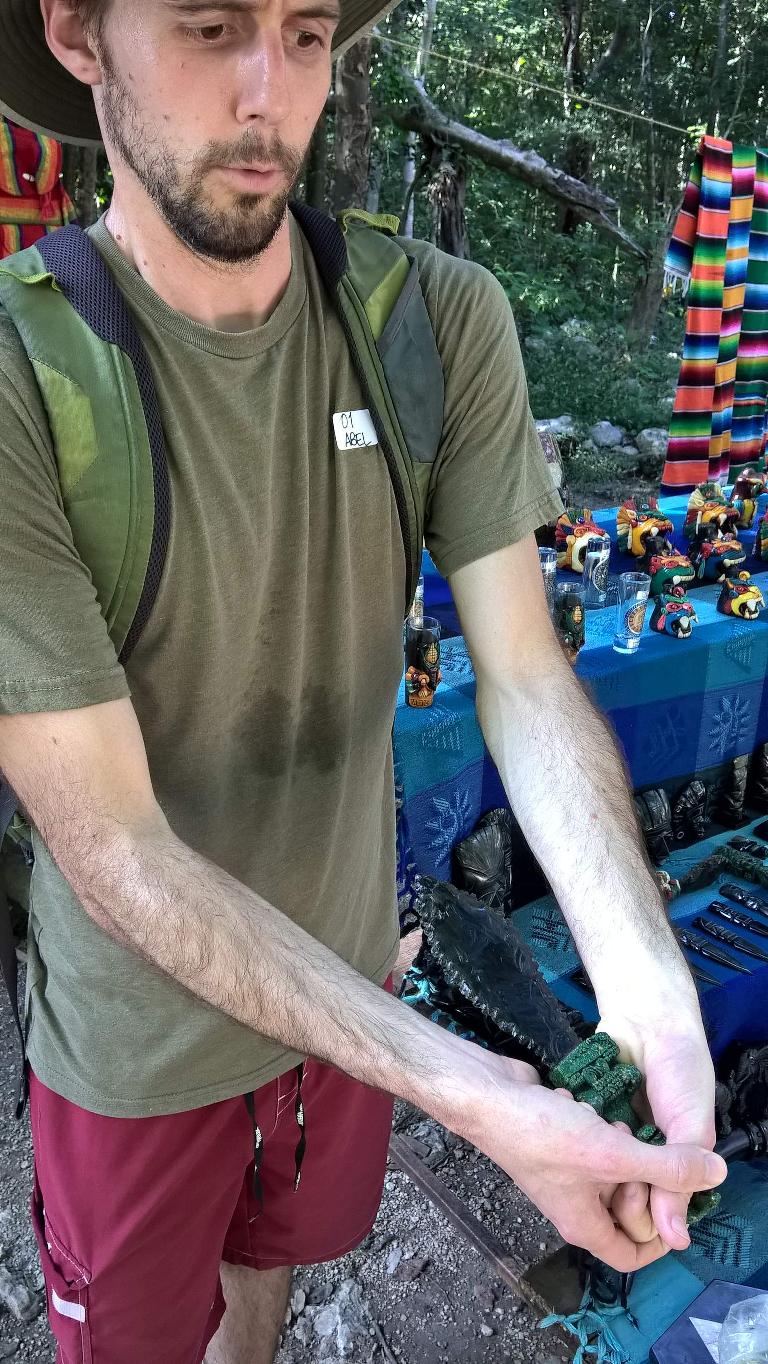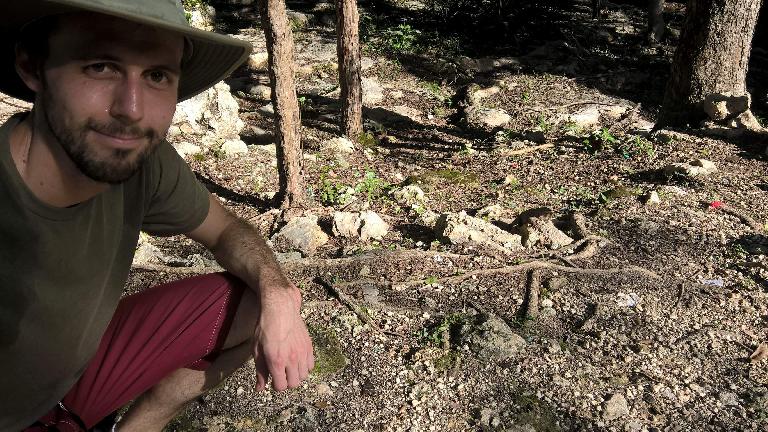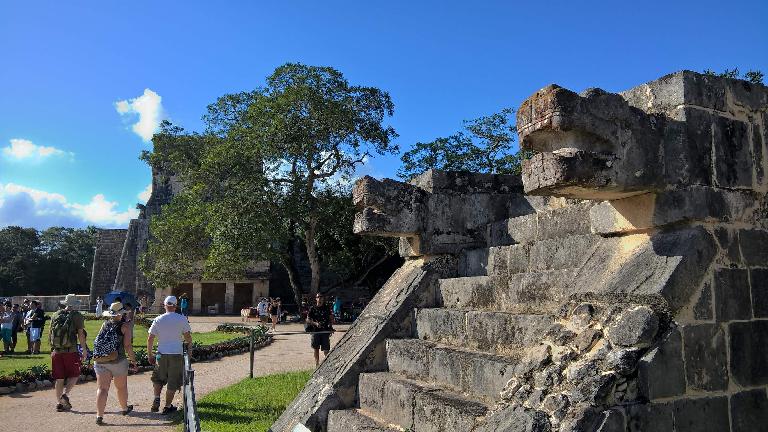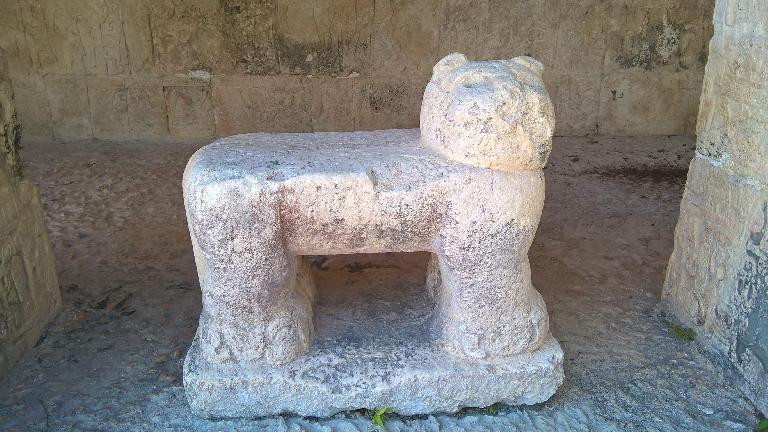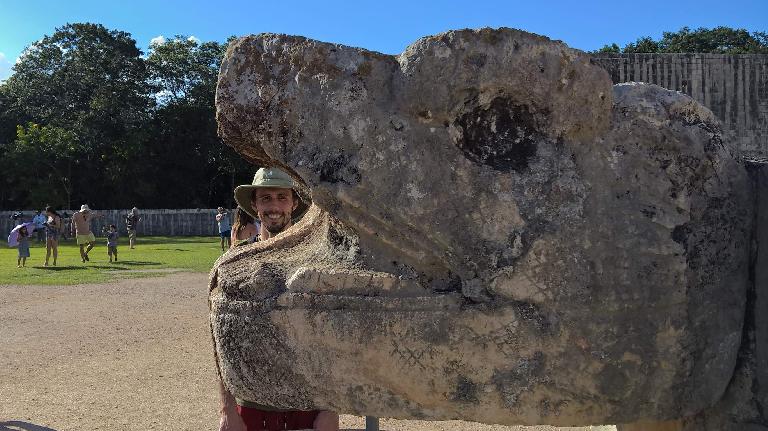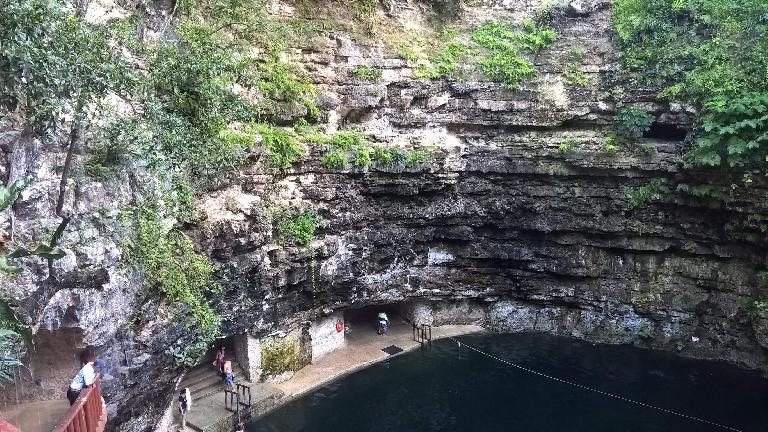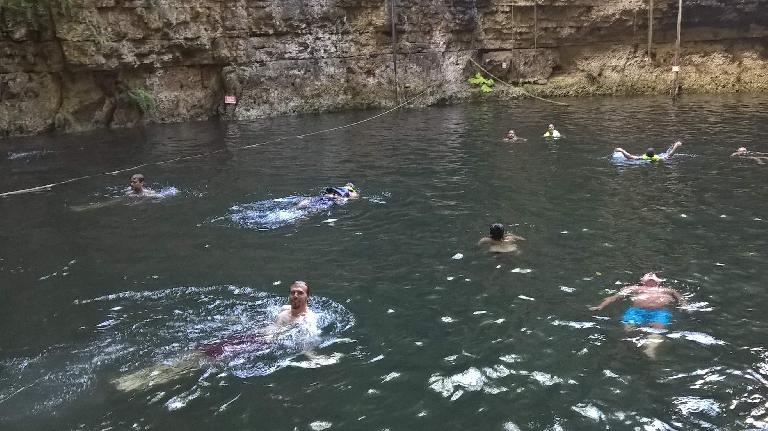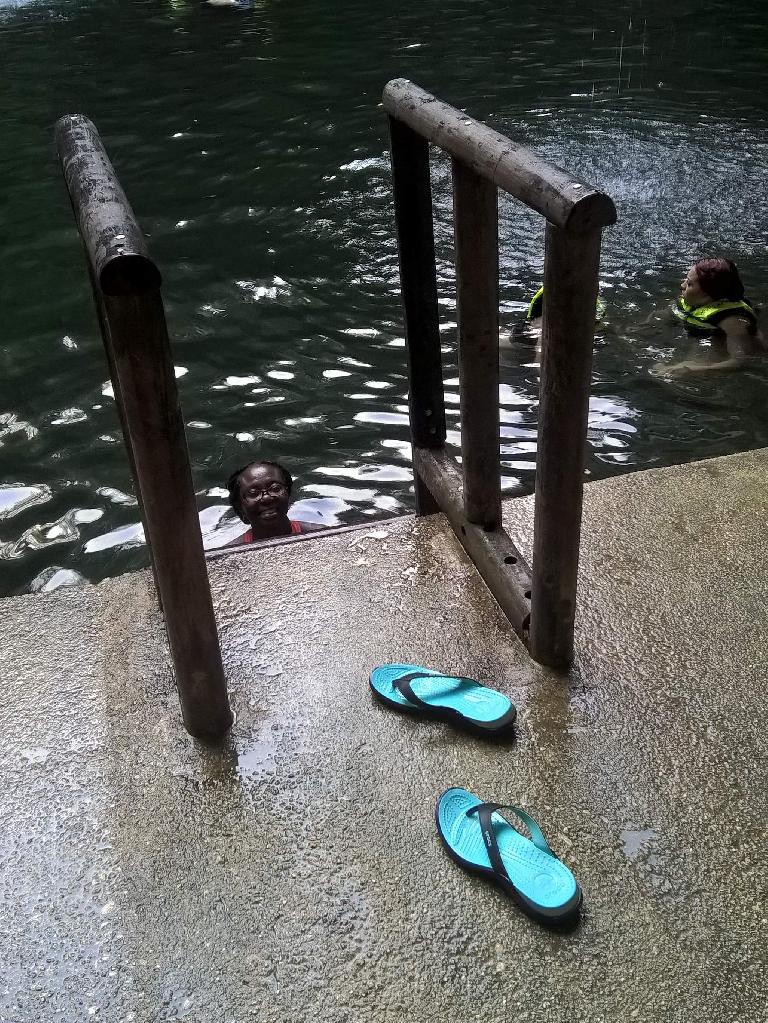Chichén Itzá
“The tour of Isla Mujeres might not have been worth [the cost],” advised Jana, a spunky Slovenian that we met at the Mezcal Hostel. “But the tour for Chichén Itzá was.”
The tour—booked through the hostel for $49—included all 300 miles of transportation by first-class coach bus, a stop in the Maya village of Zaci-Val (now known by its Mexican name, Valladolid), a Maya buffet lunch in Pisté, two hours at Chichén Itzá, and swimming in the Xcajum Cenote. Most importantly, it had excellent guides who were humorous, knowledgeable and entertaining. They were also spoke in both Spanish and English—making it excellent practice of listening to and practicing Spanish.
So the tour—which picked us up at 7:30 a.m. and dropped us off at the hostel at 8:45 p.m.—definitely offered high value. But what makes Chichén Itzá Mayan Ruins so remarkable in the first place that it was declared one of the New7Wonders of the World?
Here were a few of the interesting facts I learned about Chichén Itzá:
- The name Chichén Itzá is Mayan and literally means “At the mouth of the well of the Itzá people.”
- The ruins were purchased for ridiculously low sums of money (like $78) in the 20th century.
- Tourists could climb the steps of the pyramidal temple (El Castillo, or The Castle) up until 2006, when this was disallowed in order to help preserve it for future generations.
- The land underneath the ruins was owned by private individuals until 2010.
- North of El Castillo is the Cenote Sagrado (Sacred Cenote), into which objects and children were sacrificed to the Mayan gods.
- “On the Spring and Autumn equinoxes, in the late afternoon, the northwest corner of the pyramid casts a series of triangular shadows against the western balustrade on the north side that evokes the appearance of a serpent wriggling down the staircase, which some scholars have suggested is a representation of the feathered-serpent god Kukulkan.” (Source: Wikipedia)
Alberto François and I walked around the ruins for about an hour admiring the architecture and taking photos of ourselves in odd poses. We found the Cenote Sagrada. We also encountered a lizard.
The all-you-can-eat Mayan lunch beforehand was delicious, and the dip into the 72-degree Fahrenheit, freshwater Xcajum Cenote a few miles north of Pisté and Chichén Itzá was very refreshing.
Jana was right. The tour was totally worth the price. Maybe more.
